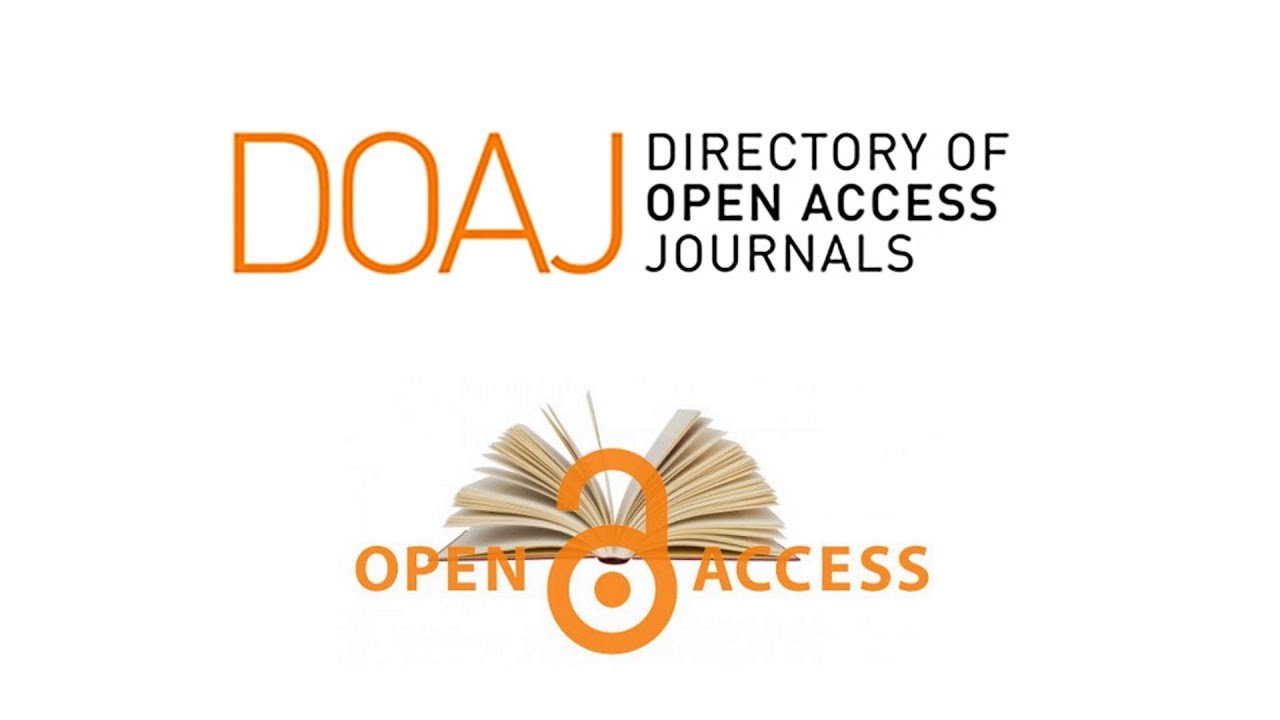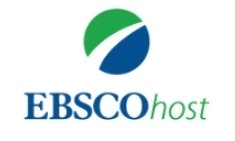Quantitative estimation of the phytoplankton community in Garmat-Ali River from Basrah, Iraq
phytoplankton community in Garmat-Ali River
DOI:
https://doi.org/10.58629/ijaq.v21i1.507Keywords:
Phytoplankton, Garmat-Ali River, Basrah, quantitative estimationAbstract
The aim of the present quantitative assessment of the phytoplankton community along the Garmat-Ali River and to establish its relationship with the physical and chemical factors based on the changes occurring in the aquatic environment in Basra Governorate, including the decreasing of fresh water, this is due to the low discharge of fresh water coming from the upstream countries, rise in temperatures due to global warming, increased salt concentrations and other factors. Four locations were chosen in the region: Al-Najibiya, Al-Mashhab, Al-Salal and Al-Nagara station. The samples were collected quarterly in 2022. The results of the environmental variables showed that the water temperature was ranging from 11.8 - 33.4 °C, salinity from 2.6 - 9.5 PSU, hydrogen ion concentration -pH- from 7.3-8.6, dissolved oxygen from 1.6-11.7mg/l. total dissolved solids from 2350-9871 ppm, turbidity from 1.39-76.8 NTU, reactive phosphate from 0.01-0.21 mg/l. reactive nitrate from 0.51-19.9mg/l. and chlorophyll-a-from8.62-41.06mg/m3. Statistical analysis of the physical and chemical parameters was performed using SPSS statistics v.19 for one-way analysis of variance. Quantitative data showed that the total numbers of phytoplankton at all the study sites and in all seasons was 120120 cell/l. Al-Salal site showed the highest numerical density of 15,000 cell/l. in spring, while Al-Najibiya site represent the lowest numerical density of 2,500 cell/l. in winter.Metrics
References
Abdul-Razak, M.M.; Hussein, S.A. and Lazem, L.F. (2016). Appraisal of some water quality criteria of the Shatt Al-Arab applying Geographical information system (GIS. J. Biol. Agric. Heal. Sci. 5(3): 43-53. URL.
Al-Biydani, M.F. (2014). The qualitative composition of phytoplankton in the Shatt al-Arab and the impact of environmental factors on the ability of some of them to produce and accumulate hydrocarbon compounds. Ph. D. Thesis, Coll. Educ. Univ. Basrah: 193 pp. (In Arabic).
Al-Shaheen, M.G. (2016). Taxonomical and Ecological Study on the Diatoms Communities of Shatt Al-Arab River, Southern Iraq, Ph. D. Thesis. Coll. Sci. Univ. Basrah. 308 pp.
Al-Rawi, K.M. and Khalaf, A.M. (1980). Design and analysis of agricultural experiments. Fac. Agric. Univ. Mos. Dar Al-Kutub Prin. Publ. 488 pp. https://www.scirp.org/reference/-referencespapers?referenceid=1572656.
Al-Waeli, A.A. and Athbi, A.M. (2021). New records algal species from the Shatt Al-Arab River, Southern Iraq, J. Mesopot. Sci. Mar. 36(1): 79-87 doi. org/10.58629/mjms.v36i1.19.
APHA, (2012). Standard method 2130: turbidity. Standard method for the examination of water and wastewater, 22nd edit . Ame. Publ. Heal. Assoc. URL.
Aziz, F.H.; Ganjo, D.G. and Shekha, Y.A. (2003). Observation on the Limnology of Polluted Pond in Erbil City, Iraq. J. Salahaddin Univ. Iraq, 5(4): 23-30.
Bellinger, E.G and Sigee, D.C. (2010). Freshwater Algae: Identification and Use as Bioindicators,” Johan Wiley and Sons, Ltd., Hoboken,: doi.org /10. 1002 /9780470689554.
Chaturvedi, R.K.; Sharma, K.P. and Sharma, S. (1999). Plankton community of polluted water around Sanganer, Jaipur. J. Environ. Poll. (61): 77-84.
Colon,Y.M. and Schaffine, F.C. (2017). Internal and external factors influencing internal eutrophication of phosphorus in a tropical freshwater wetland. J. Water, 13(4), 449-4487. doi: 10.13140/RG.2.2.30563.94240.
Costanza, R.; D’Arge R.; de Groot R.; Farber S.; Grasso M. and Hannon B. (1997). The value of the world’s ecosystem services and natural capital. Nature. 387: 253-260. https://doi.org/10.1038/387253a.
Dewald, P.; Jonathan, M. and Friedrich, N. (2020). Evolution of NO3 reactivity during the oxidation of isoprene. Atmo. Chem. Phys., 20(17): 1-29. https://doi.org/10.5194/acp-20-10459-2020.
Dudgeon, D. (1995). River regulation in southern China, ecological implications, conservation and environmental management. Rev. Rese. Appl. 11(1): 35-54. https://doi.org/10.1002/rrr. 3450110.
Edward, G.B. and David, C.S. (2010). Freshwater algae Identification and use as Bioindications. Environmental Science and policy central European Uni. Hungary:240 pp URL.
Field, J.G.; Hempel, G. and Summerhayes, C.P. (2020). Oceans 2020: Science, Trends, and the Challenge of Sustainability Illustrated Edition. Washi, D.C., USA.https://www.amazon.com/Oceans-2020-Science-Challenge-Sustain ility /dp /1559634707
Flores, L.N. (2000). Phytoplankton assemblages in twenty-one Sicilian reservoirs: relationships between species composition and environmental factors, Hydrobiologia, 424(1): 1–11 https://doi.org/10.1023/A:1003907124528.
Guiry, D.M.(2012). How many of algae are there. J. phycol. 48(5): 1057-1063.
Hadi, R.A. (1981). Algal studies on the river usk. Ph. D. Thesis. Coll. Card. Univ. Cardiff: 364 pp.
Hays, G.R. and Robinson, C. (2005). Climate change and marine plankton. Trends, Ecol. Evol. 20(6) :337-344. https:// doi.org/ 10.1016/ j. tree.2005.03.004.
Hassan, F.M.; Talib, A.H.; Al-Kubaisi, A.A.; Taylor, W.D. and Abdulall, D.S. (2011). phytoplankton primary productionin southern Iraq marshes restoration. J. Bag. Sci. 8(1): 519-530. https://doi.org-/10.21123/bsj. 2011.8.1.
Hussain, N.A.; Al-Najar, H.H.; Al-Saad, H.T.; Yousif, A.H. and Al-Saboonchi, A.A. (1991). Shatt Al-Arab, Basic Scientific studies. Mar. Sci. Cen. Univ. Basrah, Publish. No. 10: 393. (In Arabic).
John, D.W. and Robert, G.S. (2015). Freshwater algae of North America Ecology and Classification. Edi: 2nd Publi.: Acad. Pres. 769 pp.
Kadeem, Z.J.; Hassan, F.M. and Al-Obaidy, A.H. (2021). Monitoring of Phytoplankton in the Artificial Lake: Comparison Study..Ear. Environ.Sci. 779 (1): 1-7 Doi 10.1088/1755-1315/ 779/1/ 012125.
Lind, O.T.(1979). Hand book of common methods in limnology 2nd ed. London 109.
Malgorzata, P.; Emil, Z. and Ewa, S. (2018). Envelope development and variation in Terchelomonas hispida (Euglenophyta), 4(33): 305-318 Doi: https://doi.org/-10.4490/algae.2018.33.11.9.
Martinez, M.R.; Chakross, R.P. and Pantastico, J.B. (1975). Note on direct phytoplankton counting technique using the Hemocytometer. phil. Agric. 59: 1-12. URL.
Miller, C.B. and Wheeler, P.A. (2012). Biological Oceanography, 2nd Edit. 512 pp. URL.
Moyel, M.S. and Hussain, N.A. (2015). Water quality assessment of the Shatt Al-Arab River, South Iraq. J. Coast. Life med. 3(6): 459-465 Doi: https://doi.-org/10.12980/JCLM.3.2015J5-26
Orlando, N. (2016). River Algae. Edi. 1,Publi. Sprin.279 Doi: https://doi.org/-10.1007/978-3-319-31984-1.
Ponmanickam, P.; Rajagopal, T.; Rajan, M.K.; Achiraman, S. and Palanivelu, K. (2007). Assessment of drinking water quality of Vembakottai reservoir, Virudhunagar district, Tamil Nadu. J. Exp. Zool., 10(2): 485-488. URL.
Ribeiro, M.C.; Petrere, M.J. and Juras, A.A. (1995). Ecological integrity and fisheries ecology of the Araguaia-Tocantins River basin, Brazil. Rive. Rese. Appli., 11(3-4): 325-350. https://doi.org/10. 1002/ rrr .3450110308.
Sharpley, A. (2001). Managing phosphorus agriculture and the environment. Plant Soil, 237 (2): 287-307. Doi: https://doi.org/10.1023/ A: 1013 3814593.
Shekhar, R.T.; Kiran, B.R.; Puttaiah, E.T.; Shivaraj, Y. and Mahadevan, K.M.(2008). Phytoplankton as index of water quality with reference to industrial pollution, J. Environ. Biol., 29(2): 233-236.
Soulie, T.; Vidussi, F.; Mas, S. and Mostajir, B.(2022). Functional Stability of a Coastal Mediterranean Plankton Community During an Experimental Marine Heatwave. Front. Ecol. Environ. 9: 17 https:// doi.org/ 10.3389/ fmars. 2022. 831496
Ter, B.; Cajo, J.F. and Piet, F.M. (1995). Canonical correspondence analysis and related multivariate methods in aquatic ecology. Aquat. Sci. 57: 255–289. https://link.springer.com/article/-10.1007/BF00877430.
Vollenweider, R.A. (1974). A manual on methods for measuring primary production in aquatic environments. 2nd Edition, IBP Handbook, No. 12. URL.
WHO, (2017). Guideline for drinking water quality: first addendum to the fourth edition. Am. Water Works Assoc., 109(7): 44—51. https://doi.org/10.5942-/jawwa.2017.109.0087.
Downloads
Published
How to Cite
Issue
Section
License
Copyright (c) 2024 Iraqi Journal of Aquaculture

This work is licensed under a Creative Commons Attribution 4.0 International License.










